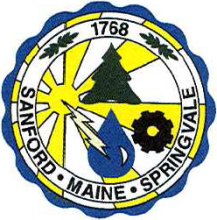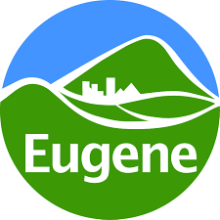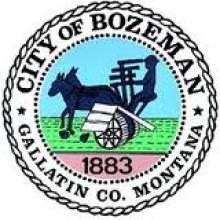Three Texas Entities Partner For Connectivity, Savings
The Grapevine-Colleyville Independent School District (GCSID) will lower their telecommunications costs and improve Internet service through an agreement with the City of Colleyville to build Internet infrastructure to K-12 schools. The City of Grapevine will serve as the construction contractor for the project.
High Cost Of Incumbent Services
GCISD leased lines from AT&T for $200,000 per year in order to obtain 1 gigabit connectivity. When they needed upgrades for the school district's Wide Area Network (WAN) at the two high schools and the main Network Operations Center (NOC), prices increased. After the upgrades, GCISD’s annual costs went up to $300,000 and school officials expected prices to continue to rise. When GCSID needed to increase the capacity of their WAN and NOC circuits, estimates for the upgrade came in at $1.85 million per year.
Rather than continue to pay such high costs, GCSID has entered into an interlocal agreement with Grapevine and Colleyville to jointly construct the network. The new solution will offer them a minimum 10 gigabit capacity for lower long term costs.
GCISD Executive Director of Technology Lane Hunnicutt said:
“By partnering with the City, the district is able to save more than 50 percent on installation of the new fiber optic cables. Additionally, since the City is enabling the district to own our own fiber, we will no longer be reliant on a third-party provider for monthly service and maintenance."
Network Logistics
The $5 million network will stretch over 57 miles and is financially supported by the City of Grapevine, the City of Colleyville, and GCISD. The project will be completed within five years and the school district expects a return on its $3 million investment in three to five years. Grapevine and GCISD has dedicated Tax Incremental Financing (TIF) dollars to the project, and each party is responsible for financing infrastructure on their property. Grapevine's role as contractor reduces the cost of the project significantly.









